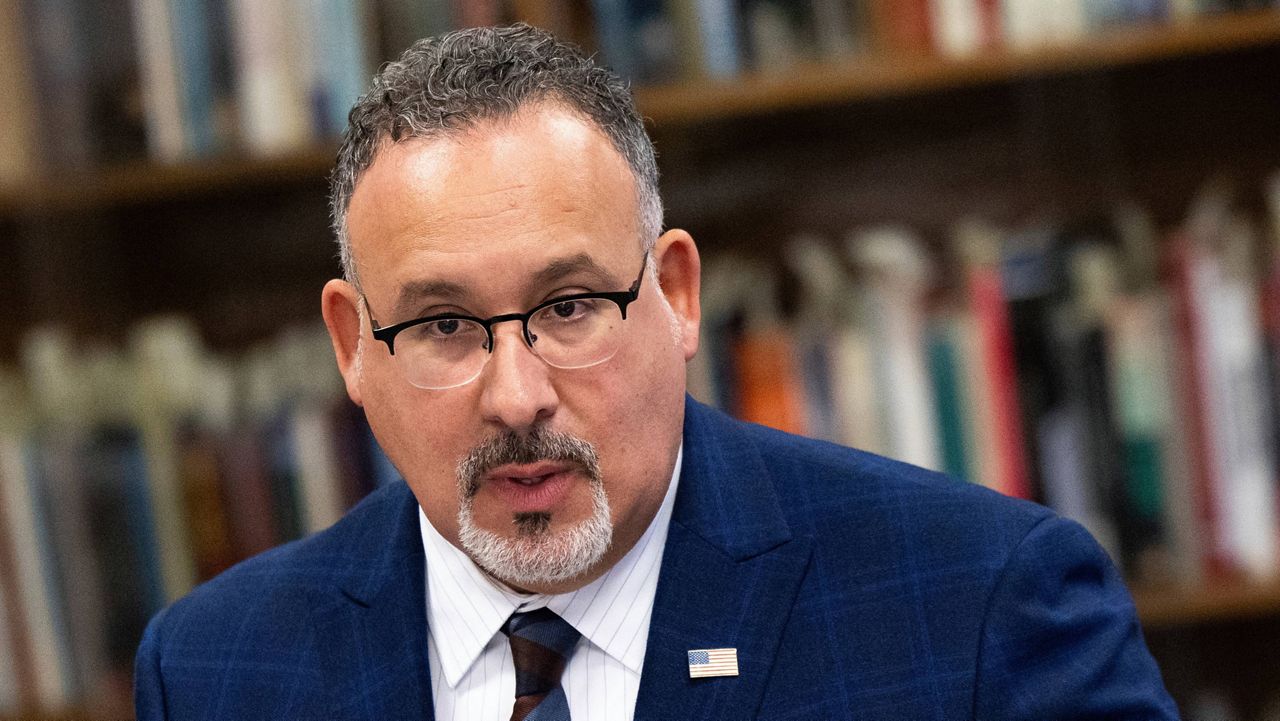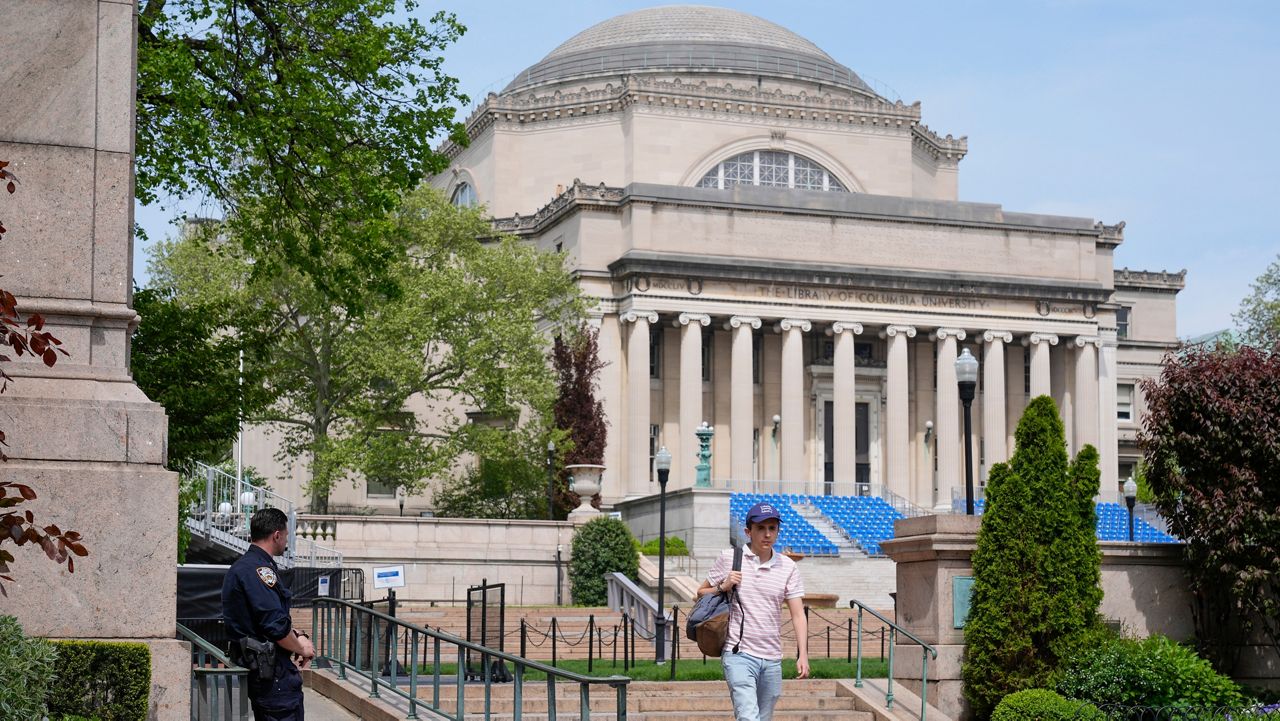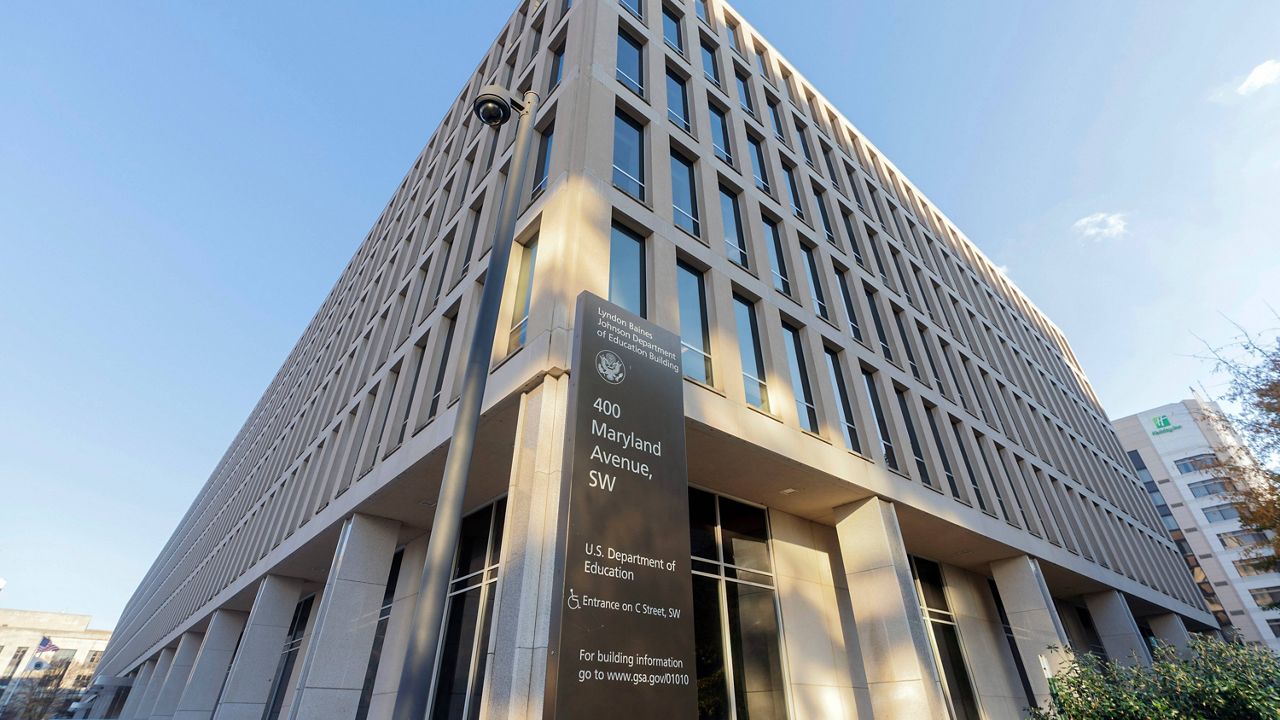The Biden administration is stepping up efforts to ensure kids are in the classroom.
What You Need To Know
- The White House announced Wednesday a series of measures it’s taking to reduce chronic school absenteeism
- It also hosted a summit on the issue with state and local education leaders
- Chronic absenteeism was around 31% in the 2021-22 school year, the last year for which data is available, according to the White House
- The Biden administration is calling for states, cities and districts to take a four-pronged approach to tackling the problem, which includes texting and visiting families at their homes
- To help with the costs, the Biden administration is making about $250 million in federal grants available for programs that aim to accelerate student achievement, including by reducing chronic absenteeism
The White House announced Wednesday a series of measures it’s taking to reduce chronic school absenteeism. It also hosted a summit on the issue with state and local education leaders.
Chronic absenteeism — defined as students who miss at least 10% of school — soared during the COVID-19 pandemic. It was around 31% in the 2021-22 school year, the last year for which data is available, according to the White House. While the numbers improved last academic year, absenteeism continues to be a challenge for schools.
According to the Council of Economic Advisers, absenteeism can account for up to 27% of post-pandemic test score declines in math and 45% in reading.
“We cannot accept chronic absenteeism as the new normal,” Neera Tanden, director of the Domestic Policy Council, said at Wednesday’s summit.
The Biden administration is calling for states, cities and districts to take a four-pronged approach to tackling the problem.
- Increasing communication with families using methods such as texting.
- Visiting families at their homes to find solutions.
- Making school more relevant for student so they want to be there.
- Investing in full-service community schools that can meet the basic needs of students and their families, including health care, housing and child care.
“Chronic absenteeism is a symptom of other problems,” Education Secretary Miguel Cardona said. “If you dig deep why students are chronically absent from school, they're going to have an answer.”
Their reasons could include needing to translate for a parent at a medical appointment, dealing with housing and food insecurity, lacking transportation or being the victim of bullying, Cardona said.
Some leaders shared tactics they say have produced results. In Los Angeles and Connecticut, educators, students, nonprofit groups and community members have knocked on thousands of families’ doors.
In Alabama, district attorneys have placed phone calls to families stressing the importance of making sure their children are in school. In Birmingham, Alabama, parents of children who live in public housing and had perfect attendance for the month are entered in a lottery to help with household expenses.
And Indiana has developed a real-time dashboard that shows attendance figures at every school. It offers predictive analytics that help provide early warnings about at-risk students, allowing educators to help them before it’s too late.
The Biden administration is urging states, cities and towns to cultivate what it calls a “culture of attendance.”
“All of us who are part of education, from the White House to the schoolhouse, from the secretary of education for the country to the secretaries of education of each state, from governors to principals and teachers, we can send a very simple and clear message that students need to be in school, that it is a responsibility of all of us — community leaders, parents and kids themselves to ensure that they are in school,” Tanden said.
To help with the costs, the Biden administration is making about $250 million in federal grants available for programs that aim to accelerate student achievement, including by reducing chronic absenteeism. President Joe Biden’s proposed budget for next fiscal year includes $8 billion for academic acceleration and achievement grants, some of which could also go toward improving attendance, Cardona said.
The Education Department is also providing guidance to states, districts and schools about how they can access money from the 2021 American Rescue Plan for transportation for homeless students and from the 2022 Bipartisan Safer Communities Act to improve school safety.







